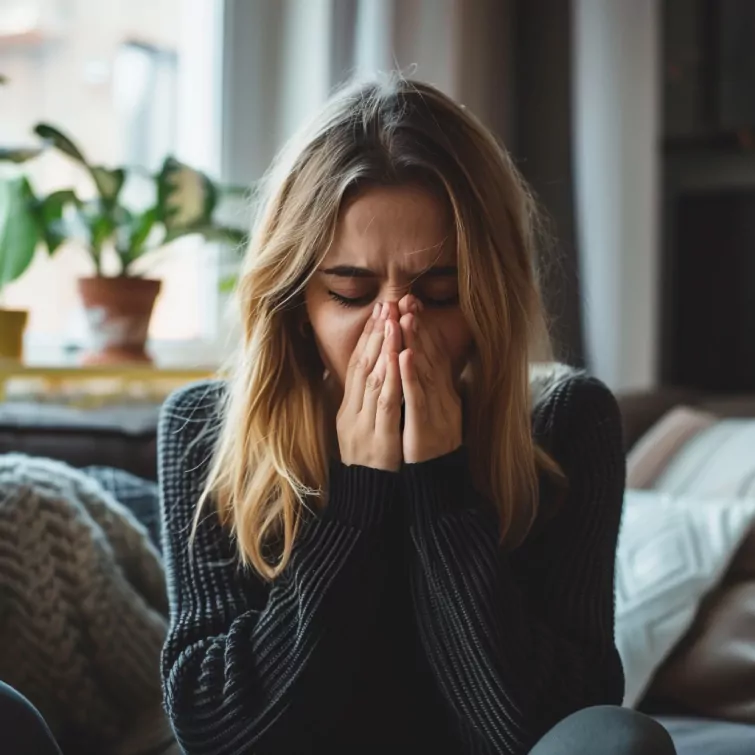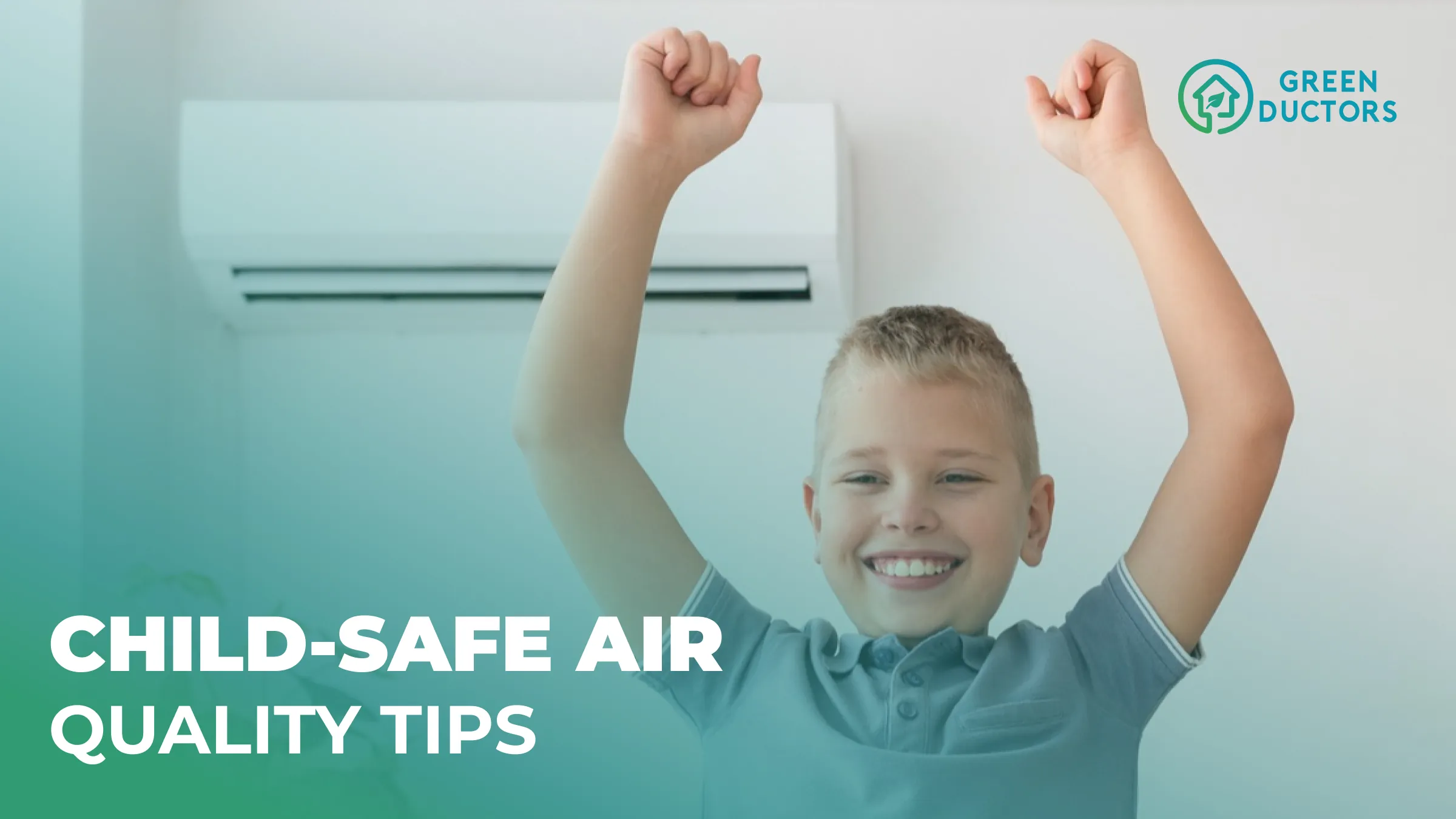Poor air quality can often lead to adverse health effects in adults, but children can be impacted even more due to their developing stage. Some common health concerns include:
- Irritation of the eyes, nose, and throat
- Headaches, dizziness, and fatigue
- Respiratory diseases, heart disease, and cancer
According to the Environmental Protection Agency (EPA), “Americans, on average, spend approximately 90 percent of their time indoors, where the concentrations of some pollutants are often 2 to 5 times higher than typical outdoor concentrations.” This fact should be especially alarming for those that spend the majority of their time indoors, with children up to 24 months often being a part of that population. With that being said, we have a few tips and tricks on how you can make the air in your home cleaner and safer, especially if you’re expecting a new addition.
In general, if you’re close to your due date you should avoid heavy construction or remodeling as small particles can easily travel through the ventilation system. Instead, focus on things that can be sources of bacterial or fungal growth. For one, take a look at your window sills, especially if they’re wooden, as they can absorb moisture and lead to mold growth. Make sure they’re clean, dry, and properly sealed off.
We also recommend you clean any AC or PTAC units, as mold can often harbor there due to the constant moisture, and the circulation of air can send spores flying all over the room. In addition, don’t forget to change out the commonly overlooked HVAC filters, since that’s what’s trapping a good amount of particles from reaching your airways. If you need some help with these services, we’ll be happy to assist. You can read more about our
Air Conditioner Cleaning here,
PTAC Cleaning here,
and Filter Replacement here.
Have questions? Don’t hesitate to give us a call at .

And if you’re itching to do some light redecorating, here are some tips:
- Opt for No VOC or No Odor paints: since paint can often off gas for months if not longer, it’s important to choose a safer option when welcoming a little one into the home
- HardWood Flooring is Best: but if you have your heart set on carpet, avoid tick pile, as it’s harder to clean and can often lead to a build-up of dust, danger, and allergens
- Swap Synthetic for Natural: this goes for toys, furniture, and cleaning products
- Add in Air-Purifying Plants: but be sure to choose non-toxic options and place them out of reach of children and pets
It’s also important to keep tabs on your humidity levels. Mold loves humid spaces. To help with this, it’s pertinent to have proper ventilation in the space. Don’t block supply and return vents, and whenever possible open the windows to allow fresh air to circulate. You can also invest in a good air purifier, especially if you live in an area with high pollution.
We also advise using a vacuum with a HEPA filter so that during cleaning particles are captured and not further circulated. And if you have pets, vacuum often to reduce the amount of pet dander.
Last but not least, keep an eye on your air quality. Knowledge is power, and knowing the quality of the air you’re breathing could be the missing link to your unexplained health symptoms, especially if you spend a great deal of time indoors. Air quality can be influenced by a multitude of factors, including the presence of volatile organic compounds (VOCs), mold, dust, and other allergens.
But by implementing the tips above you can get a good headstart on improving the air quality in your home. We’ll be happy to measure your air quality on a professional level so you truly know where you stand, you can read more about our service here. As always, we’re just a call (or a few clicks) away! Here’s to making your child’s room, and home, a safe and healthy space to be in.

